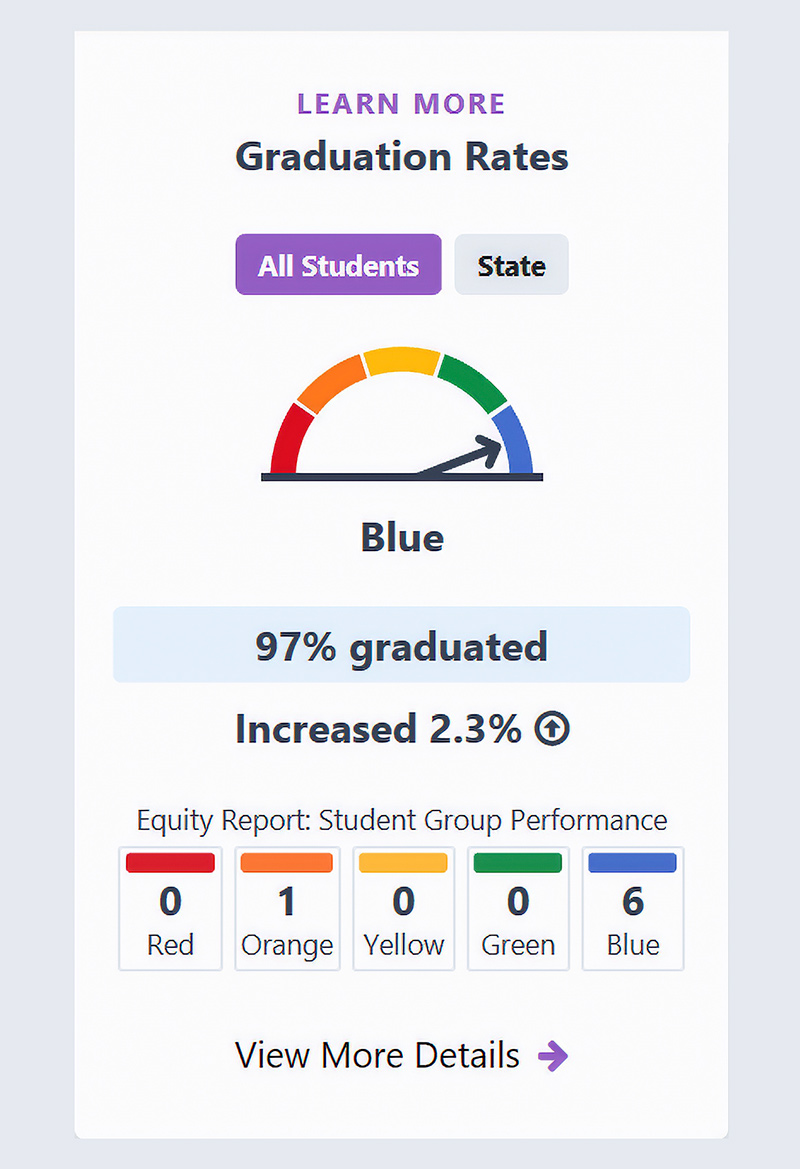
The State Board of Education approved California’s first Computer Science Standards at its Sept. 6 meeting and reviewed changes to the California School Dashboard, previewing a more user-friendly version and adding criteria to the College/Career Readiness indicator.
The new Computer Science Standards are a sign of progress but come with challenges. The standards are voluntary and are not accompanied by supporting elements such as curriculum frameworks. Developed by educators, the standards stress hands-on learning to enable students to proactively interact with computer systems and design. They will cover six core computer science concepts, including algorithms and programming, and seven core practices. The CDE is also aiming to boost participation among underserved student groups, such as African-Americans and Latinos, who have had less access to computer coursework and infrastucture. But how the state plans to reach these students is not yet clear.
“CSBA supports the standards but has also stressed the importance of providing resources that will allow for successful and equitable implementation,” said CSBA CEO & Executive Director Vernon M. Bily.
To address these concerns, CSBA has requested greater clarity on whether the state plans to support local educational agencies in acquiring equipment and paying for new curriculum, training and staff. Already, California has a chronic shortage of computer science teachers. State data show roughly 65 percent of California’s public schools offer no computer classes. Advanced Placement computer science courses are also in short supply due to a lack of instructors. Funding is also in short supply for many school districts and is expected to worsen due to increasing pension contributions and health care costs for staff. More details on the Computer Science Standards roll out are expected to be a part of a plan to be presented to the State Board for approval in March 2019.
Also at the Sept. 6 meeting, the SBE previewed the new and improved Dashboard and voted to add the State Seal of Biliteracy and military leadership training as new measures to the College/Career Readiness indicator. The Board also approved the methodology for the K-8 Chronic Absenteeism indicator.
With the goal of making the Dashboard more streamlined and easier to navigate and understand for parents and other stakeholders, the new version pared down the number of pages on the site by 80 percent, according to EdSource. Similarly, confusing pie icons have been removed and replaced by a simpler graphic of a color-coded gauge, much like a speedometer, with an arrow pointing to a color indicating one of five levels of achievement. Other changes include a way to compare overall school or district test scores with state averages, a mobile-friendly design and translation of academic terms into Spanish. Each performance measure, such as the Graduation Rate indicator pictured here, will be presented as a card that can be flipped over for more details on each student groups’ ratings.
During public comment on the Dashboard improvements, CSBA, the California STEM Network, Children Now and the California Science Teachers Association urged the Board and CDE to add a placeholder to the 2018 Dashboard for the California Science Test. The purpose of the placeholder is to ensure districts plan and budget now for strong science, technology and engineering education.
The Chronic Absenteeism indicator will measure the number of K-8 students who miss 10 percent or more of school each year, regardless of whether or not the absences are excused. According to recent data released by the CDE, one in 10 California students is chronically absent. The exclusion of high school grades in the metric generated debate, with some advocates stressing the importance of using high school absentee data to direct more resources to underperforming schools and districts. The CDE countered that since the chronic absence data is collected at the end of the year, it comes too late to flag schools in need of help. Further, CDE has said the College/Career Readiness indicator and the high school Graduation Rate indicators provide valuable measures of high school students’ involvement in school.

The College/Career Readiness indicator added two more criteria last week, which also generated debate. College/career readiness can now include students who have received the State Seal of Biliteracy (proficiency in speaking, reading and writing in at least one foreign language, according to a set of existing criteria set by the state). State Superintendent of Public Instruction Tom Torlakson recently announced that California awarded a record number of State Seals of Biliteracy in the 2017–18 academic year. Students who complete military leadership training such as the Junior Reserve Officer Training Corps can also be counted as “prepared” if they meet additional criteria on their Smarter Balanced assessments. However, State Board members disagreed on how best to define or conceptualize career/college preparation and whether they were separate categories to prepare for or a unified benchmark. For now, the issue remains unresolved. The new version of the Dashboard, including the new arrow gauge icon for performance, is scheduled to launch in December.
In other developments at the meeting, the Board received an update and overview on career and technical education and the Board’s role in the California Workforce Pathways Joint Advisory Committee, chaired by SBE member Ting Sun. The committee has created a set of K-14 Guiding Principles which are out for review — comments may be submitted via an online survey through Nov. 30, 2018 (www.cde.ca.gov/ci/ct/gi/workpathjac.asp). In addition, as the agenda material noted, the committee has a new role in light of the ongoing funding of the Career and Technical Education Incentive Grant (CTEIG) and the K-12 component of the Strong Workforce Programs: “Beginning in 2018, the committee is to review and recommend appropriate metrics to measure and evaluate program outcomes for both new and renewal applicants for these programs and determine whether other metrics should be included.” Looking ahead to the November agenda, the State Board will have an update and discussion on the progress of the Next Generation Science Standards implementation.